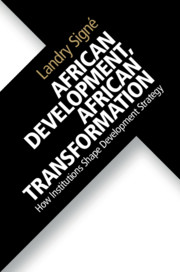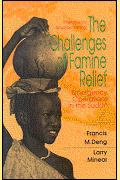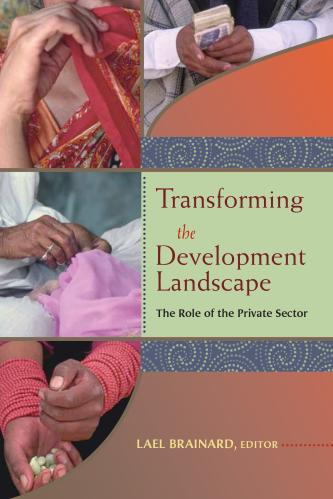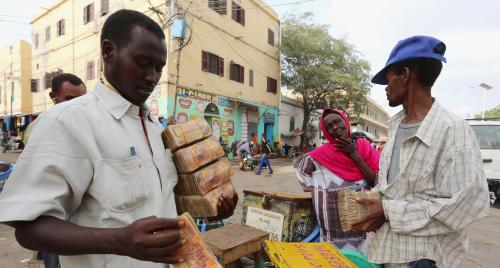In the 2016 publication of Foresight Africa, an annual publication by the Africa Growth Initiative at Brookings, we highlighted the continent’s low growth rate. The first chapter, Managing Economic Shocks: African Prospects in the Evolving External Environment, highlights the slow growth the continent has experienced in recent years and describes the prospects for recovery, along with policy recommendations. Ahead of the upcoming publication of Foresight Africa 2017, this post reflects on the growth rate predictions from Foresight Africa 2016 and the current state of sub-Saharan Africa’s economy.
In 2015, the region experienced its slowest growth since 1998. According to the October 2016 edition of the IMF Regional Economic Outlook for Africa, the growth rate fell from 5.1 percent in 2014 to 3.4 percent. Growth predictions for the continent stated that the region’s GDP growth rate would rebound to 4.3 percent in 2016 (Figure 1). However, in 2016, the continent’s GDP growth rate continues to decline, as the IMF predicts a drop to 1.4 percent, 2.9 percentage points below the initially predicted growth rate. Oil-exporting countries saw the largest shock to their economies as their GDP growth forecast became negative. Equatorial Guinea, South Sudan, and Nigeria will see their economies shrink by 9.9, 13.1 and 1.7 percent, respectively.
Figure 1: GDP growth rates in sub-Saharan Africa: October 2015 predictions against October 2016 revisions

The slow growth narrative is not uniform throughout sub-Saharan Africa. Non-oil-exporting countries such as Kenya, Burkina Faso, and Senegal have recorded GDP growth rate increases, from 5.6, 4, and 6.5 percent in 2015 to 6, 5.2, and 6.8 percent in 2016, respectively. Cote d’Ivoire is set to record an 8 percent growth rate in 2016, the highest in sub-Saharan Africa. While the drop in commodity prices has negatively impacted the economy of oil-exporters, commodity importers have benefited from a lower oil import bill and an improved business environment and are predicted to grow at a rate of 5.5 percent in 2016.
Figure 2: GDP Growth rates for sub-Saharan Africa, 2014-2017

The growth outlook for 2017 looks brighter (Figure 2). GDP growth is set to rebound to 2.9 percent. The regional economic outlook attributes this rebound to a pickup in global activity and the backdrop of policy adjustments.
For more information on the region’s 2017 macroeconomic climate, please keep on the lookout Foresight Africa 2017 when it launches in the upcoming weeks.










Commentary
Figures of the week: Africa’s 2016 growth rate and 2017 predictions
December 28, 2016